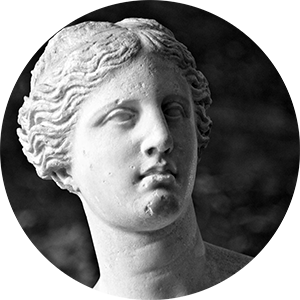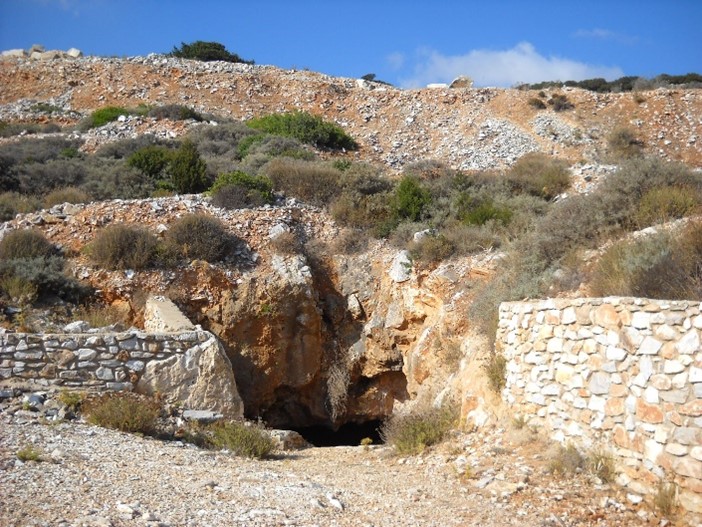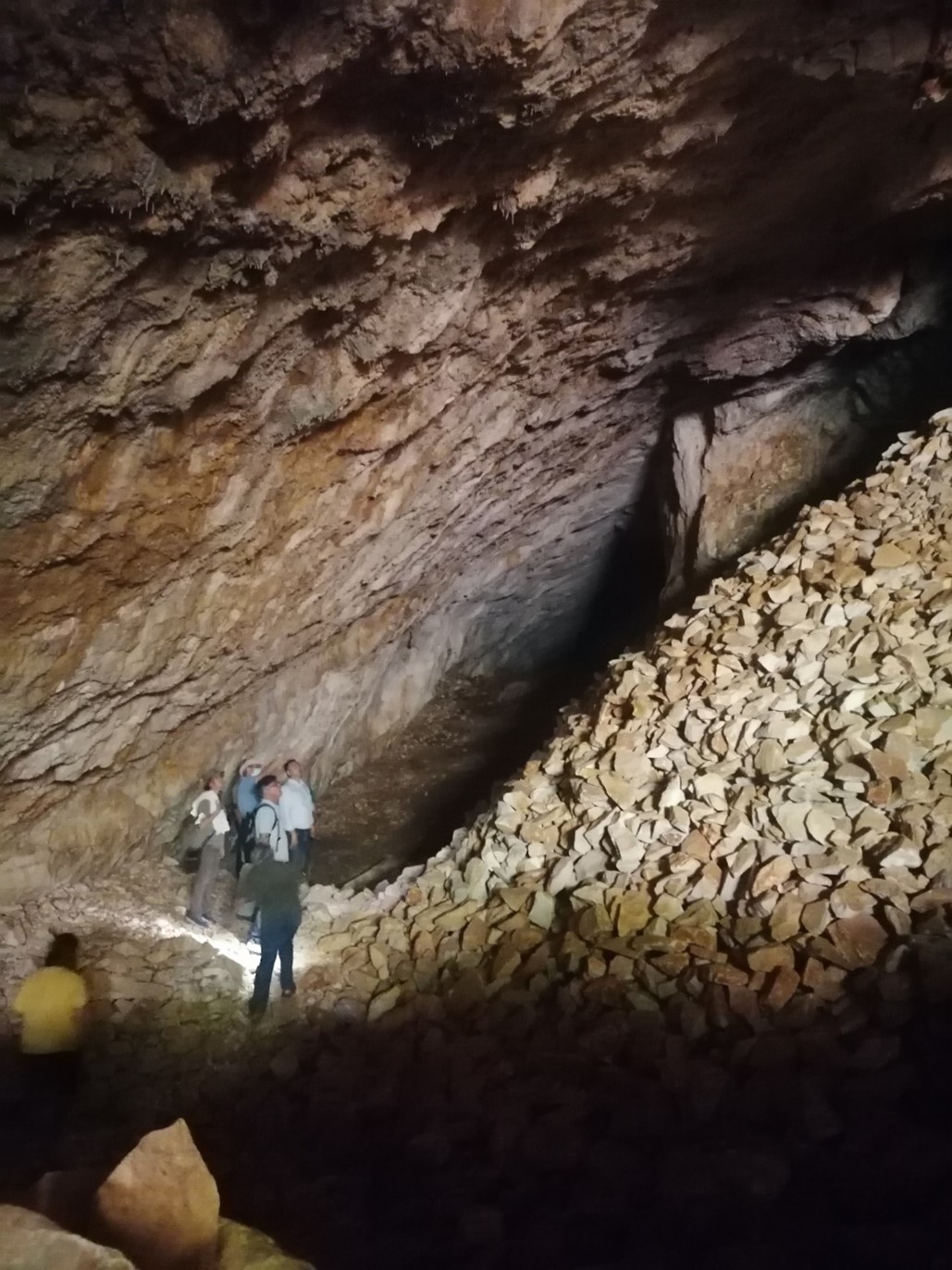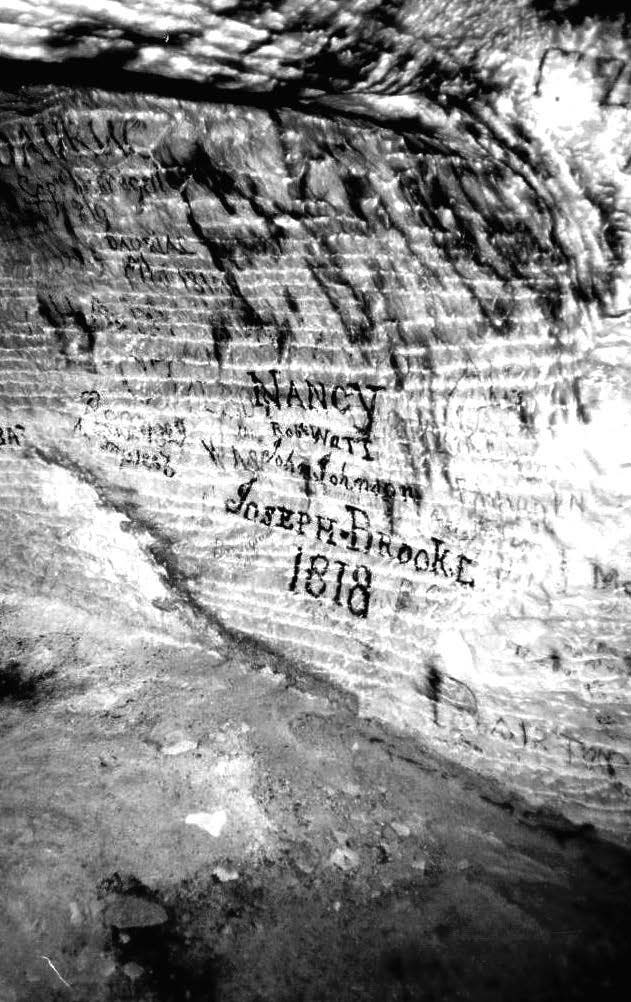The quarry of Pan is the second large quarry in the area of Marathi. It does not display any particular differences in overall output or dimensions in comparison to the quarry of the Nymphs. It is also inclined but has less deposits of waste material as a result of the plan of extraction. The production should also have been similar to that of the quarry of the Nymphs, estimated at 100,000m³ of useful volume.
The accessible location of its entrance, before becoming narrower by transported materials and collapsed strata, and the areas free from debris in its interior made this quarry almost always accessible to visitors, in contrast to the quarry of the Nymphs, where what attracted the visitor was mainly the relief at the entrance, as its filling with debris and chipstones prevented the visit to deeper sections. The underground space of about 15 x 25m at the entrance of the Pan’s quarry was probably used as a muster station for the personnel, the storage of supplies and the extracted blocks to be transported to the surface from the ancient passages which were located on a higher level. Traces of quarry tools are visible on the walls, the ceiling and the pillars.
On the walls of the quarry are also visible many graffiti with the names of visitors who went down to its deepest places, such as: Choiseul Guffier 1[7]76, Fauvel 1789, J. Power 1813, Joseph Brooke 1818, Cordier 1958 etc.
The Quarry of Pan, by Panos Kekas






